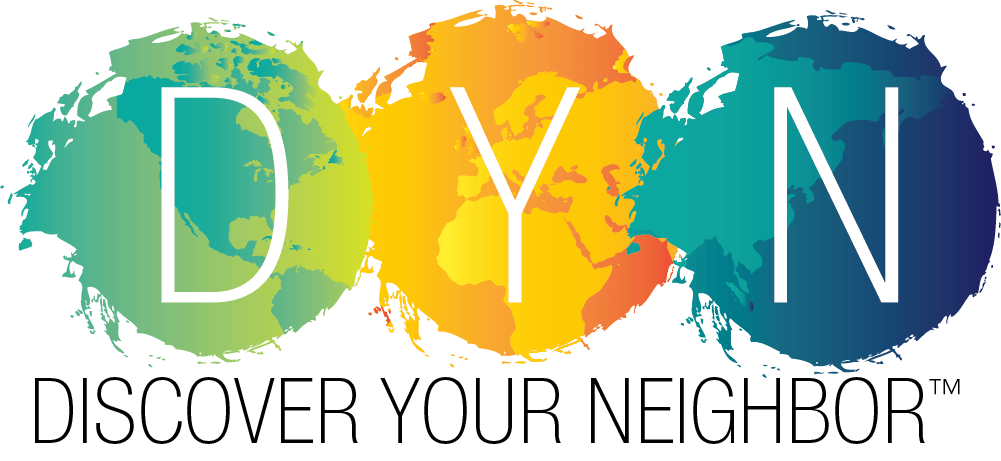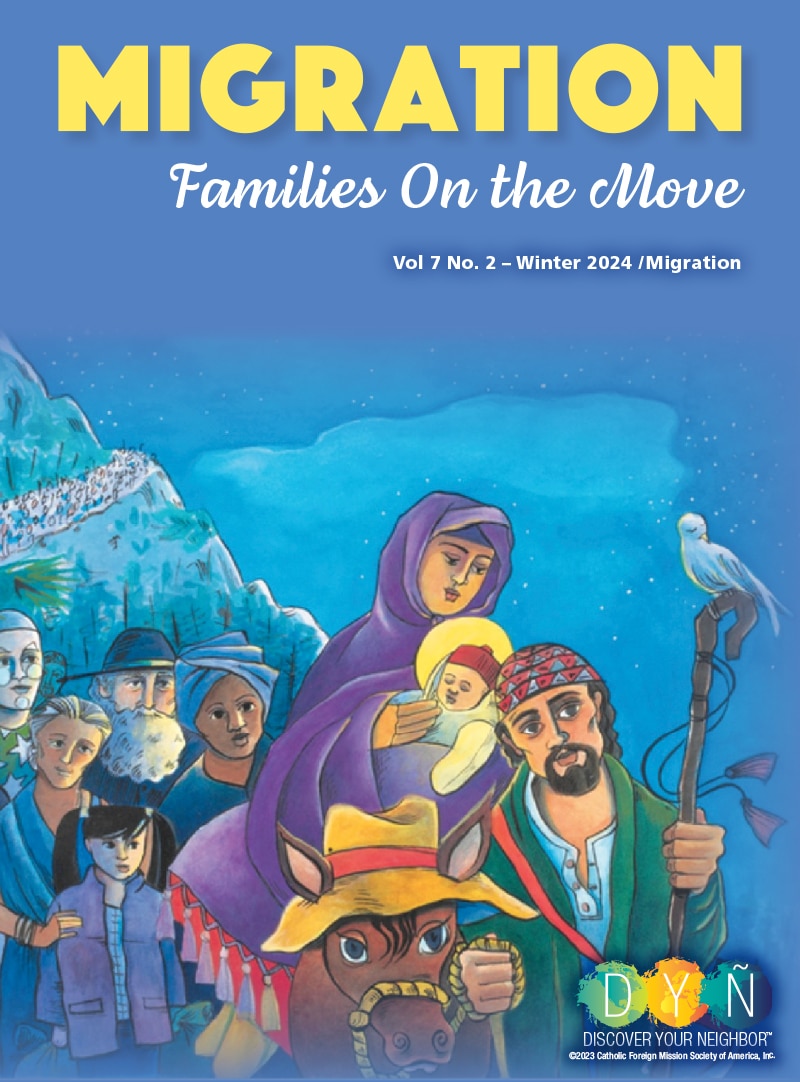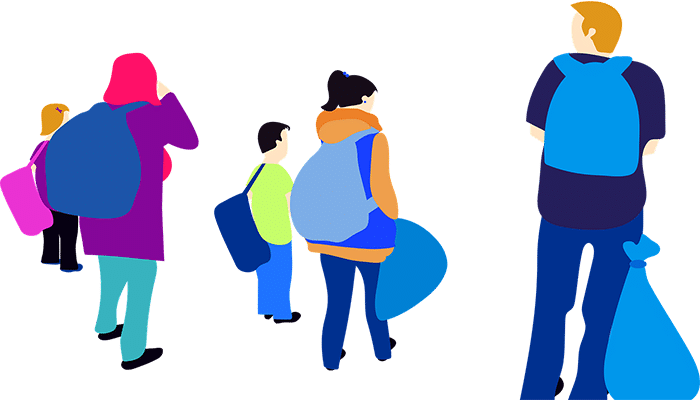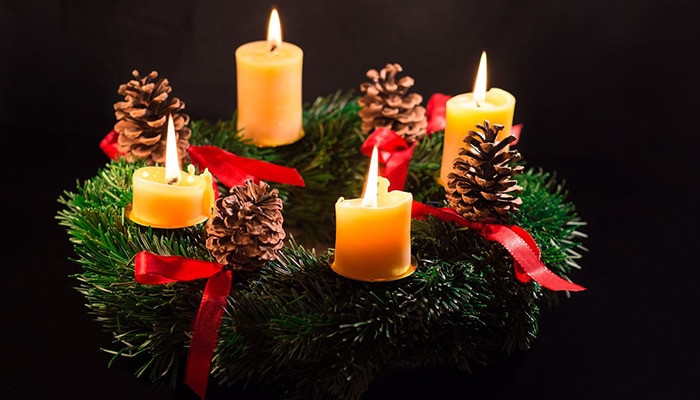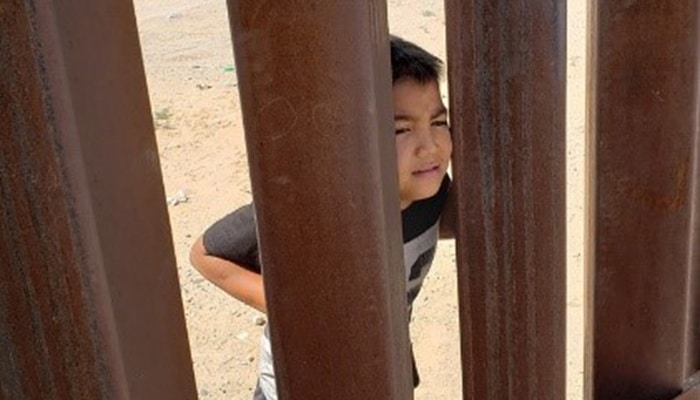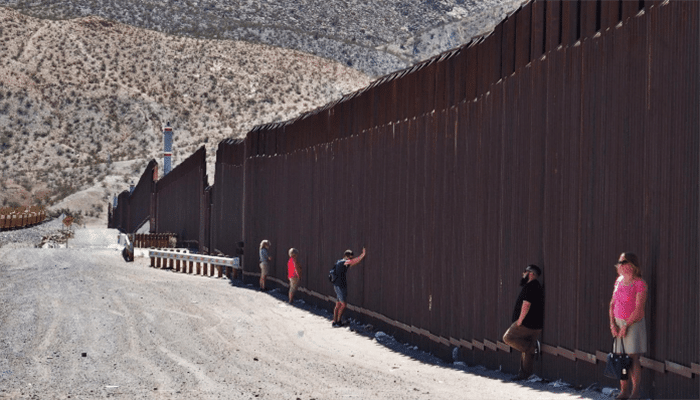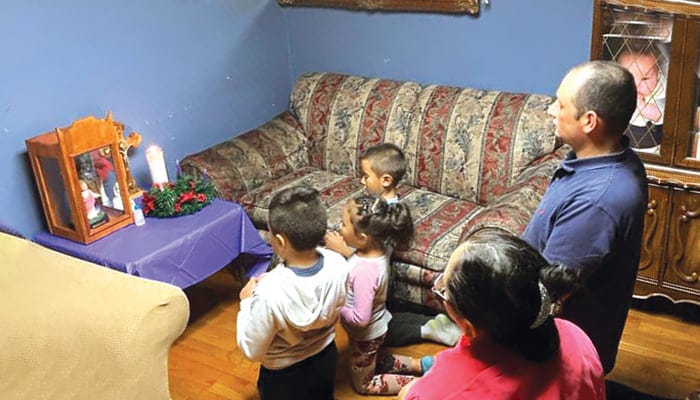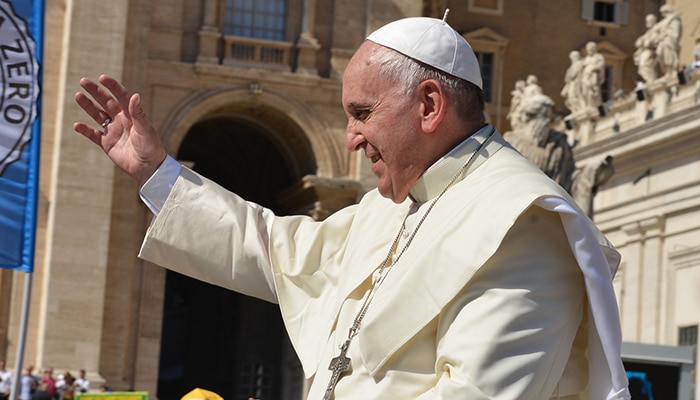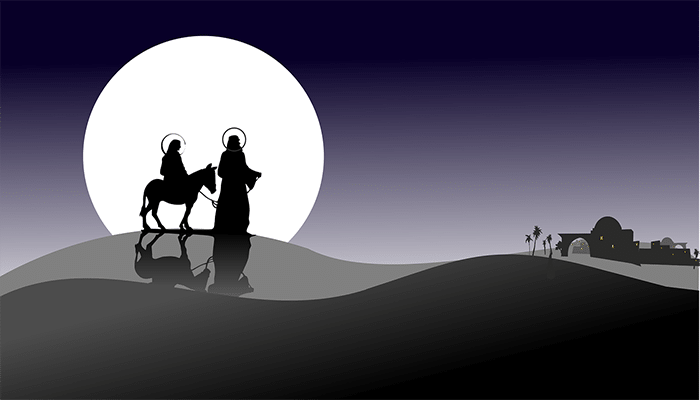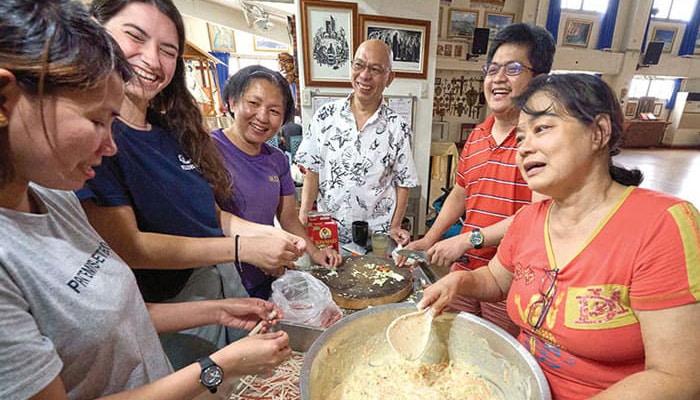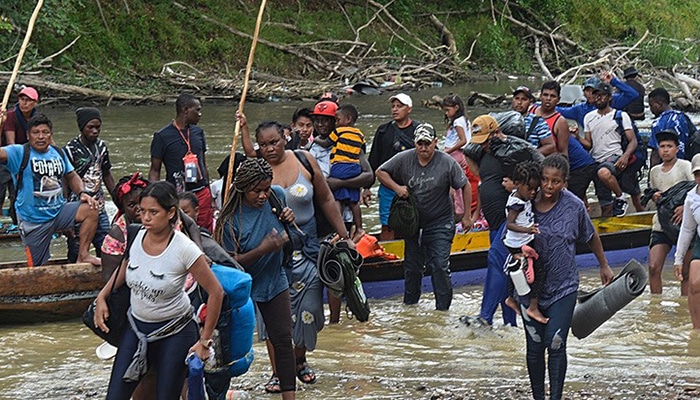Access your Middle School or K-5 Educator’s Guide for your classroom by filling out the form below. You will then be directed to a page where you can download a high quality PDF file to print out or share digitally.
Download the:
THEME: Families On the Move
OBJECTIVES: In order to better UNDERSTAND why people migrate, students will read the story of a family from Venezuela who had to leave their home. They will REFLECT on Pope Francis’s message from the World Day of Migrants and Refugees. They will be invited to MAKE a video or PERFORM a Christmas pageant based on how the story of the Wise Men connects to people on the move today.
God, Creator Almighty,
Help us to work for justice,
solidarity and peace,
so that all your children and families may have
the freedom to choose whether to migrate or to stay.
Give us the courage to reject
all the bad things in our world.
and to fight every injustice
that hurts your children
and the peace of our common home.
Support us by the power of your Spirit,
so that we can show your tender love
to every migrant whom you place in our path,
and to spread in hearts and in every situation
the importance of kindness and of care.
AMEN
Adapted from Pope Francis World Day of Migrants and Refugee Day 2023
PRAY each week of Advent the prayer from Pope Francis. Include in your prayer all the children on the move in our world today.
Step 2: Personal Connections
MISSION STORY
The Salazar family arrived for dinner at a shelter for migrants in El Paso, Texas. It was there that Miguel, his wife and three children-ages 13, 8 and 3 met Maryknoll missioners and a group that was visiting the missioners to learn more about migration. Maryknoll has a long history of serving at the U.S./Mexico border. Currently, five lay missioners, three priests and two sisters work there in various ministries.
Over dinner Miguel shared the family’s story. He explained that his family was forced to flee their home in Venezuela for having taken part in anti-government protests. After selling everything they owned they set out for the border between Colombia and Panama. The Venezuelan family joined the hundreds of thousands of migrants who in recent years have undertaken the treacherous trek through the jungle known as the Darién Gap.
The Salazars paid a per person fee for a guide to take them a portion of the way. Then the group was left on its own, trudging muddy paths and traversing steep cliffs and swollen rivers — all the while, at risk of getting lost in the thick jungle or being discovered by criminal groups.
Whenever they could, the adults covered the children’s eyes from disturbing sights of people who had died along the way. The group forged ahead and after three and a half days came to a clearing in Panama. Then, Miguel and his family traveled through Central America and Mexico, where they boarded “La Bestia”: a network of freight trains headed north. The dangerous trip, atop different trains under an unforgiving sun, lasted two and a half days.
At the end of the train tracks was Ciudad Juárez and the United States border. The Salazars had planned to come into the United States through an official port of entry. The family was seeking asylum. When they arrived at the border they learned about new rules and were told it could take weeks or months to get an appointment and while waiting migrants risk kidnapping, murder and rape in dangerous border towns. “If you’re fleeing, you can’t hunker down for three months until the government says ‘come,’” says Heidi Cerneka, a Maryknoll lay missioner and immigration attorney serving migrants.
While waiting, other migrants warned the family that they had been “marked” and their children were not safe, and so the family turned themselves into the border patrol who brought them to the shelter in El Paso as they began their appeal for asylum. “People are always coming and going,” says Deborah Northern, a Maryknoll lay missioner who volunteers at local migrant shelters. “That’s a real need. How do I help them get wherever they need to go?” Today it was the Salazars who were in need of money for a bus trip to Utah, where they had people to stay with. A good Samaritan in the Maryknoll group, who heard Miguel’s story, paid for the family’s bus tickets.
Hours later, the family arrived safely at Salt Lake City, their last border to cross. As if to mark the occasion, their youngest child turned 4 years old that same day.
ANSWER the following questions:
- Why did the family decide to leave Venezuela
- What were some of the dangers they faced on their journey?
- What similarities does the Salazars’ story have to the story of the Holy Family’s story of fleeing to Egypt?
READ the following scriptures. REFLECT on the questions.
Old Testament: Genesis 46: 2-7
Life of Jesus: Matthew 2: 1-15
Christian Living: Acts 2: 42-47
Throughout scripture we hear stories of people on the move. A famine forced Jacob and his family to seek refuge in Egypt. The Holy Family had to flee to Egypt to protect baby Jesus. Throughout history people have had to migrate as a result of conflict, natural disasters, and poverty.
- What did God say to Jacob in the story of Genesis? What was Jacob’s response?
- How did the Holy Family find out their lives were in danger in the scripture from Matthew? Where in the world do people have to flee from today because of danger?
- How does the Acts verse describe the faith community? How could we better live as a community today?
WHAT DOES THE CHURCH SAY?
“The migratory flows of our times are the expression of a complex and varied phenomenon that, to be properly understood, requires a careful analysis of every aspect of its different stages, from departure to arrival, including the possibility of return. Freedom should always mark the decision to leave one’s native land. All people should be free to leave, and free to stay in their home country. The path that we have undertaken as a Church leads us to see in those who are most vulnerable – among whom are many migrants and refugees – special companions on our way, to be loved and cared for as brothers and sisters. Only by walking together will we be able to go far and reach the common goal of our journey.”
Pope Francis May 11 2023
DISCUSS in a small group or WRITE in a journal the following questions:
DRAW or DESCRIBE your home. Include your favorite places in your home. Highlight a room or space that holds special memories for you. Include details of its location, and what you like about your city or state.
Then ANSWER this question posed by Maryknoll Sister Ann Hayden MM, “How could you, why would you, leave your home?” DRAW or WRITE your answers on the same or separate sheet.
43.3 million children were displaced at the end of 2022. (Internally displaced persons (IDPs) are people who are forced to leave their homes). These millions of children are driven from their homes because of conflict, poverty, and climate change.
ANSWER these questions:
- Were any of the reasons you described as reasons you would leave your home a result of conflict, poverty (also wanting a better life), or climate?
- IMAGINE a home of a child who has to flee their home. DRAW or WRITE a response they may have to Sr. Ann’s question: “How could you, why would you, leave your home?”
SHARE your drawings or writings with the class or with a partner.
During Advent we prepare for the coming of Jesus at Christmas. USE Matthew 2: 1-15as a guide to MAKE a video or PERFORM a Christmas pageant. In your performance highlight the flight of the Holy Family as a result of danger to Jesus. INCLUDE information about the number of children on the move today, and INVITE others to join you in learning more about displaced children and ways to respond to these children and families in need.
Father Joyalito Tajonera, M.M., is working in Taiwan supporting migrant workers. You can find out more and support this mission by going to Maryknoll Fathers & Brothers website.
Together we can make a difference for those on the move in Asia.
WATCH the video Traveling the deadly Darien Gap migrant route to the USA on YouTube. DISCUSS the journey that the migrants must take through the Darien Gap. Is this the first time you have heard of this migration route? What are some of the dangers that the migrants encounter? Explain how you are feeling after seeing the migrants, including many children struggling on this trek.
